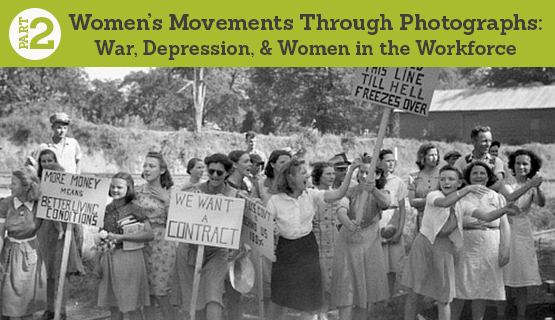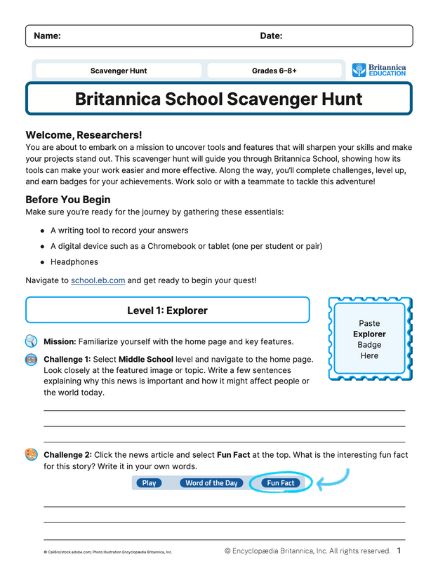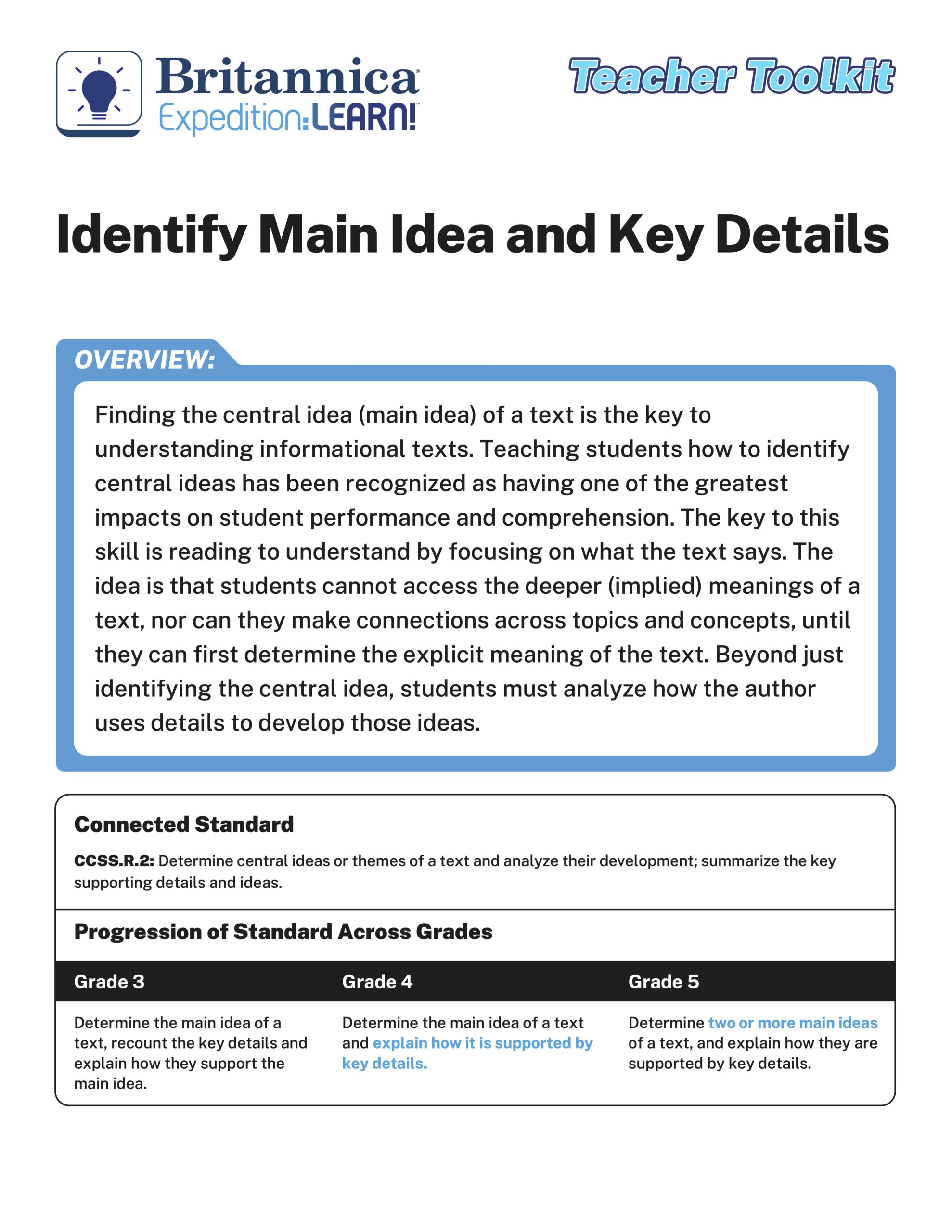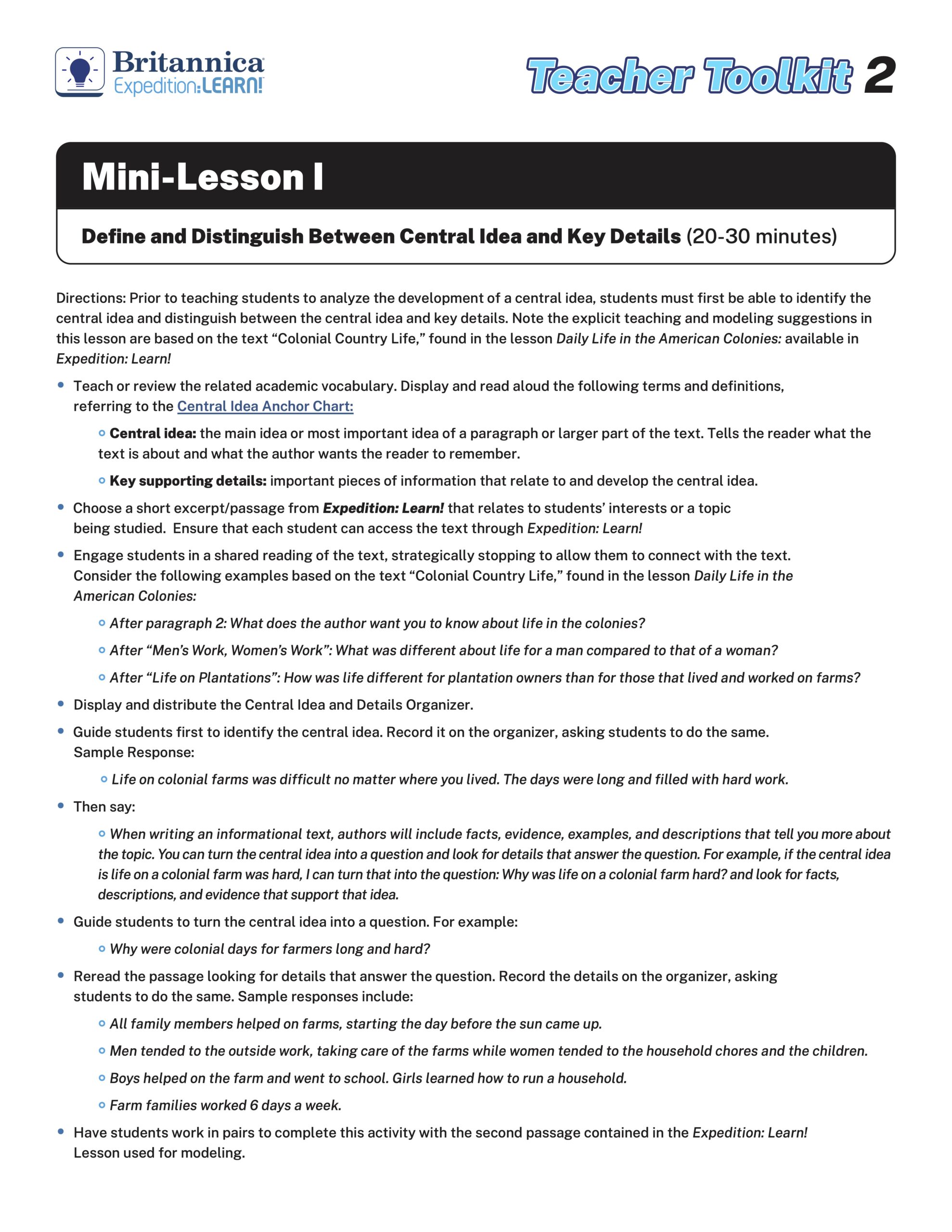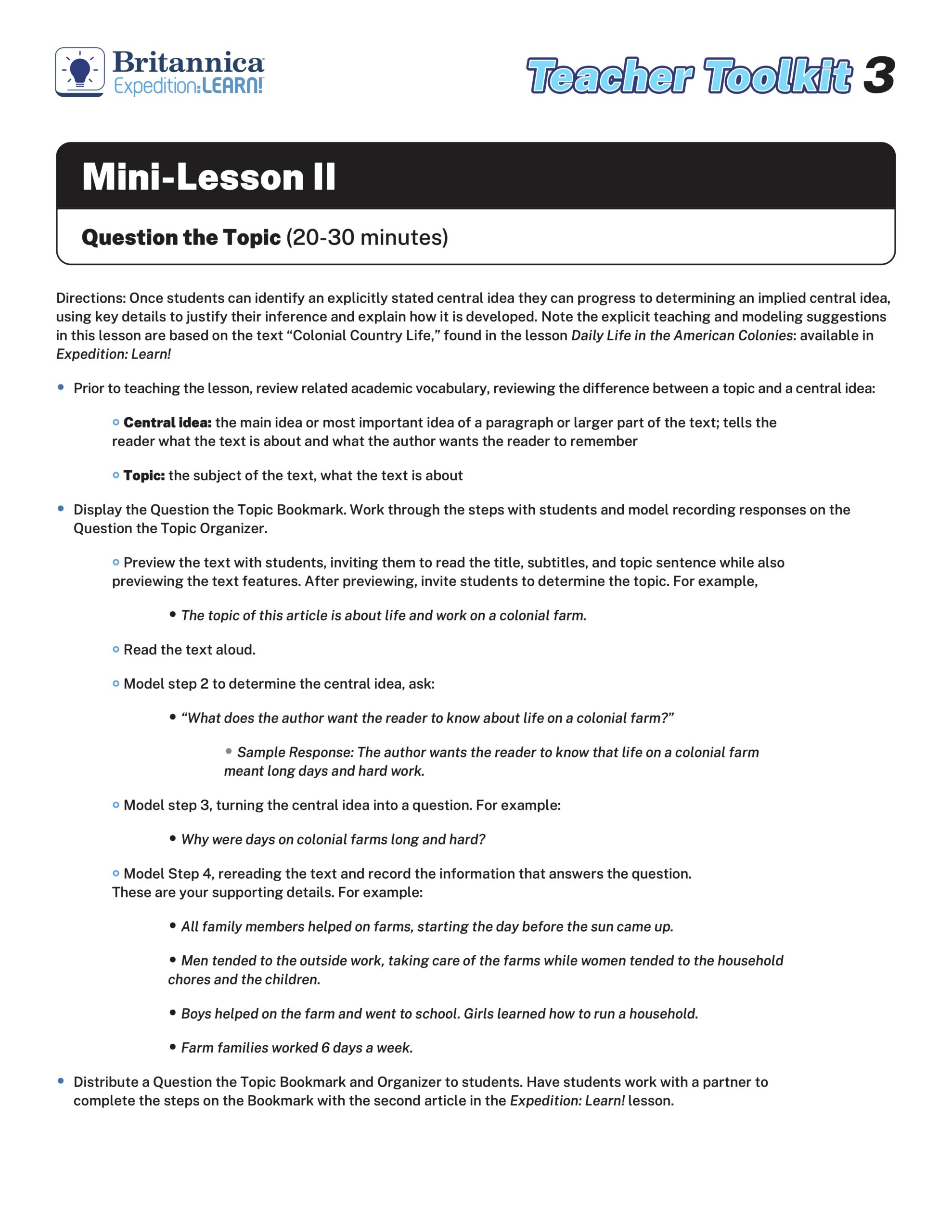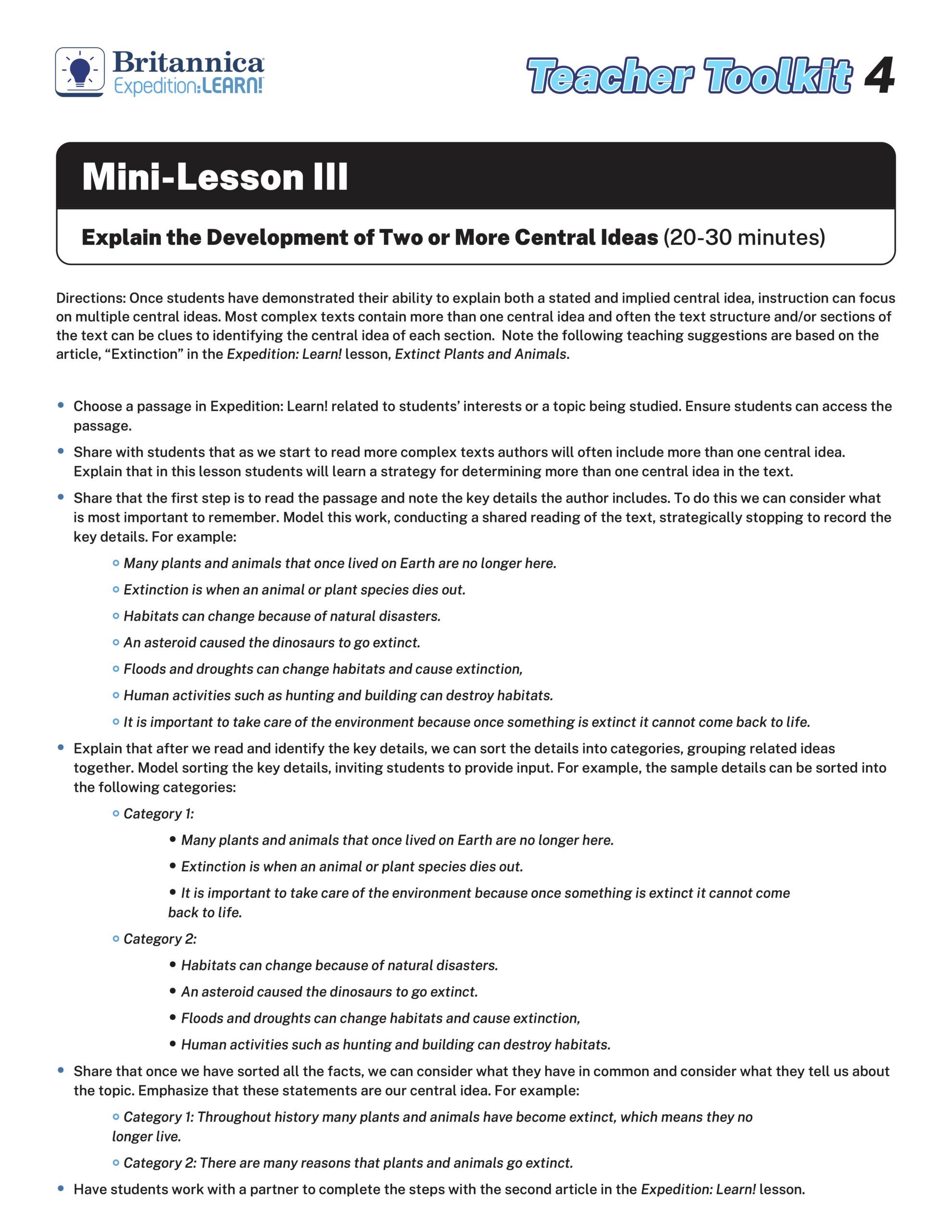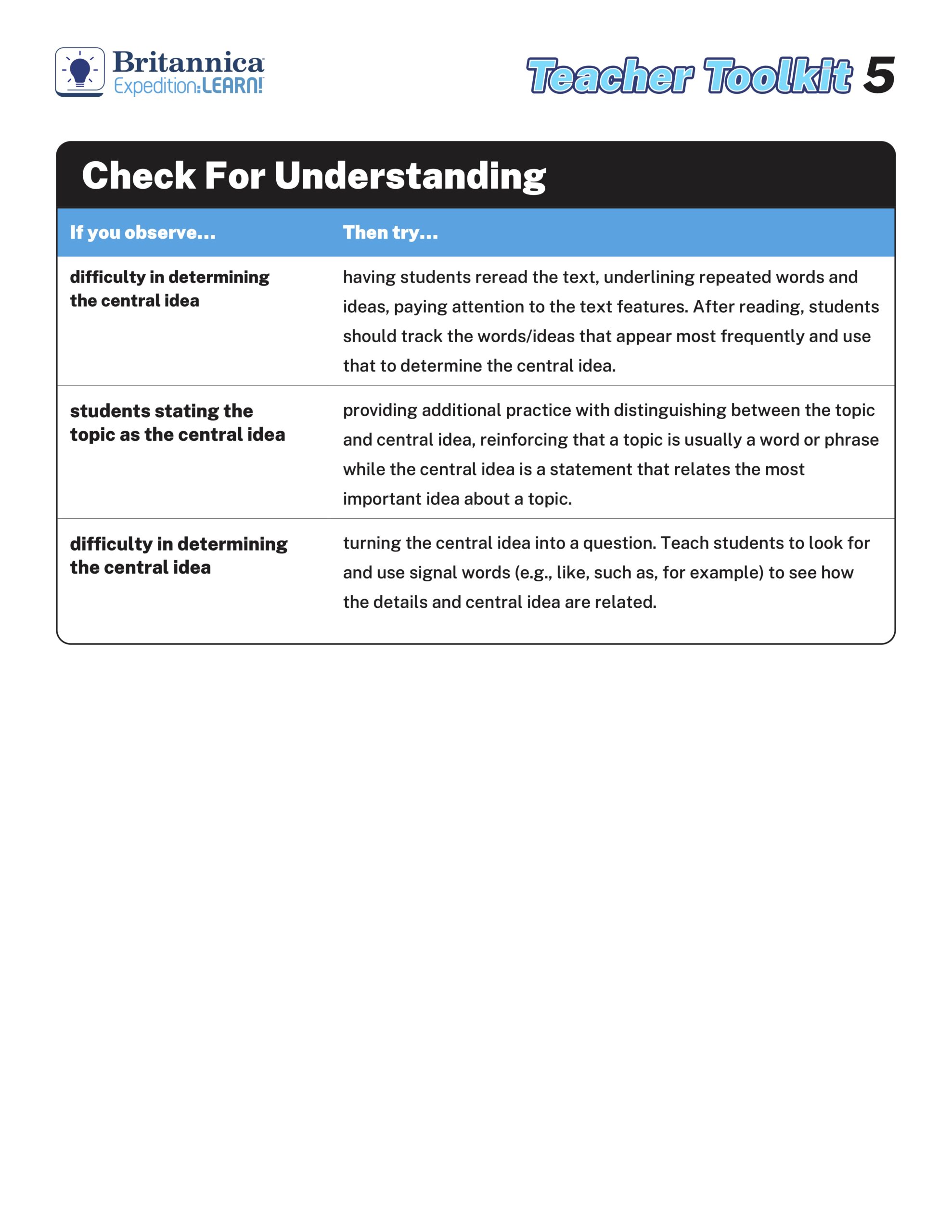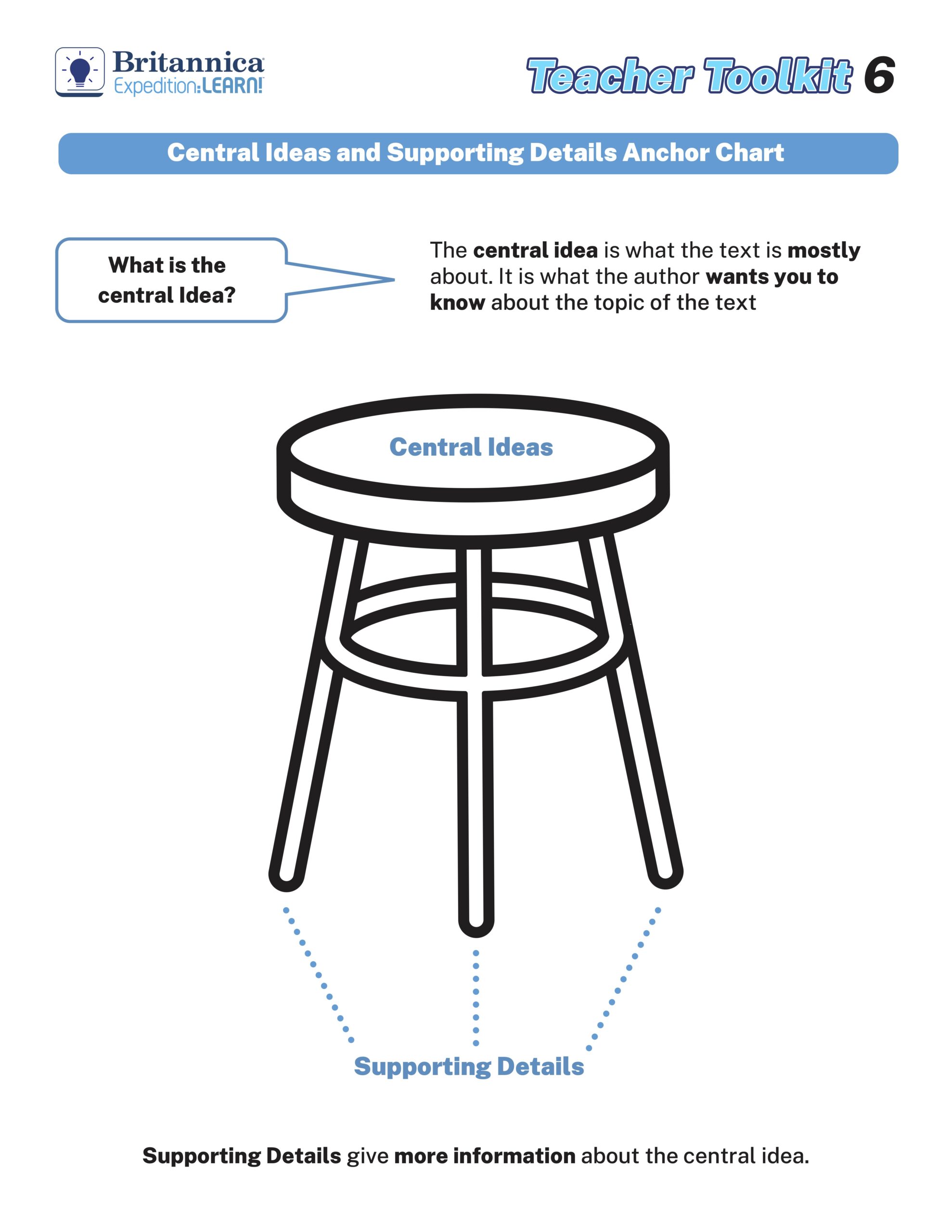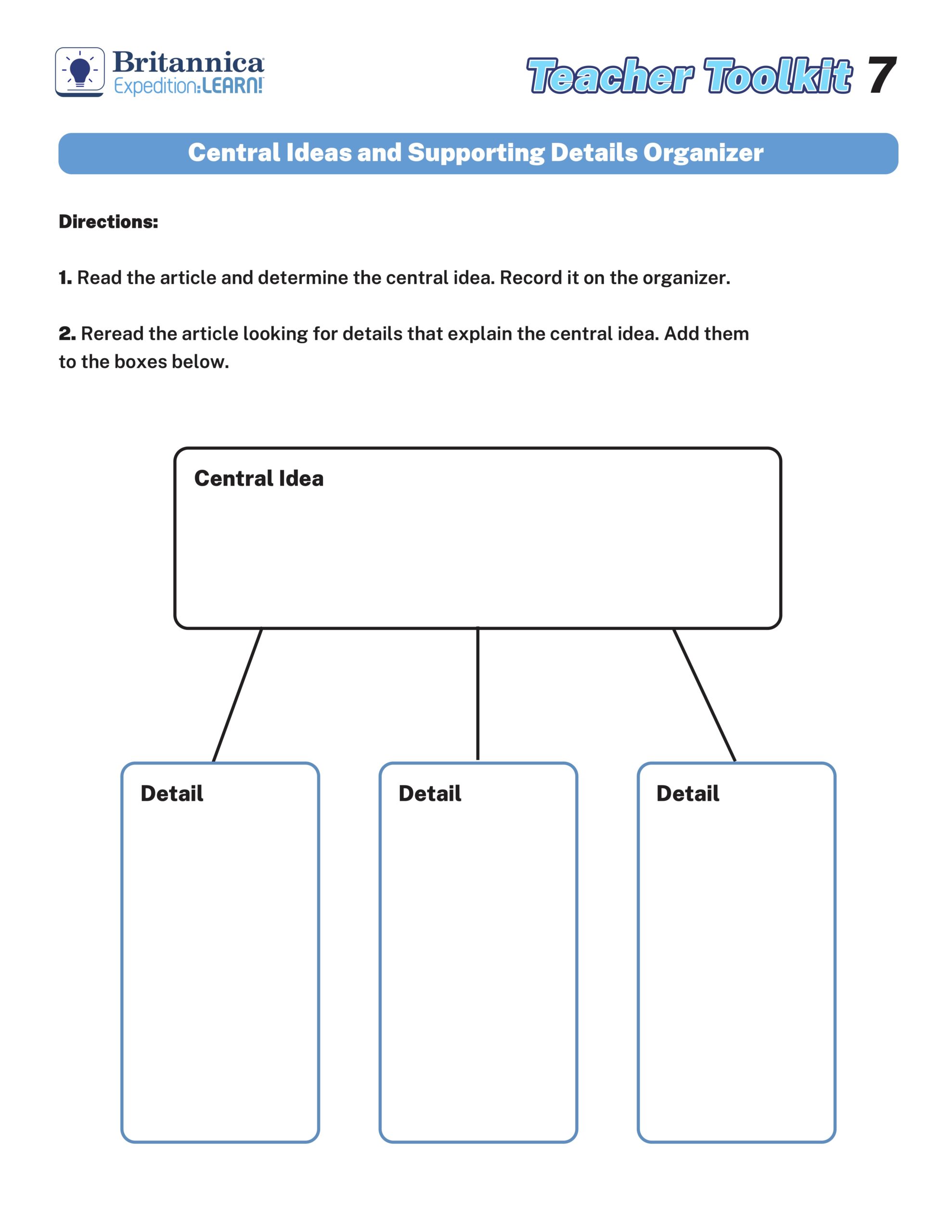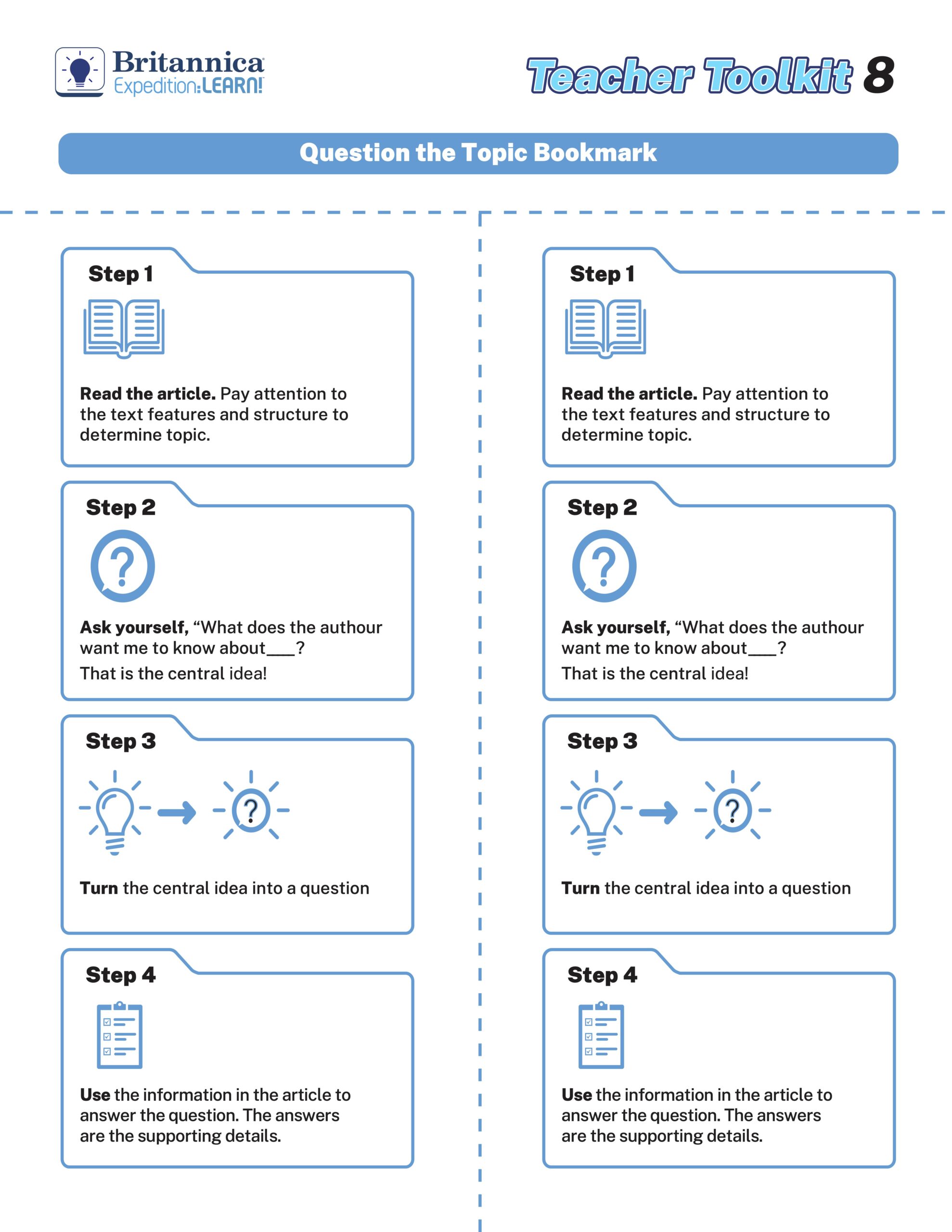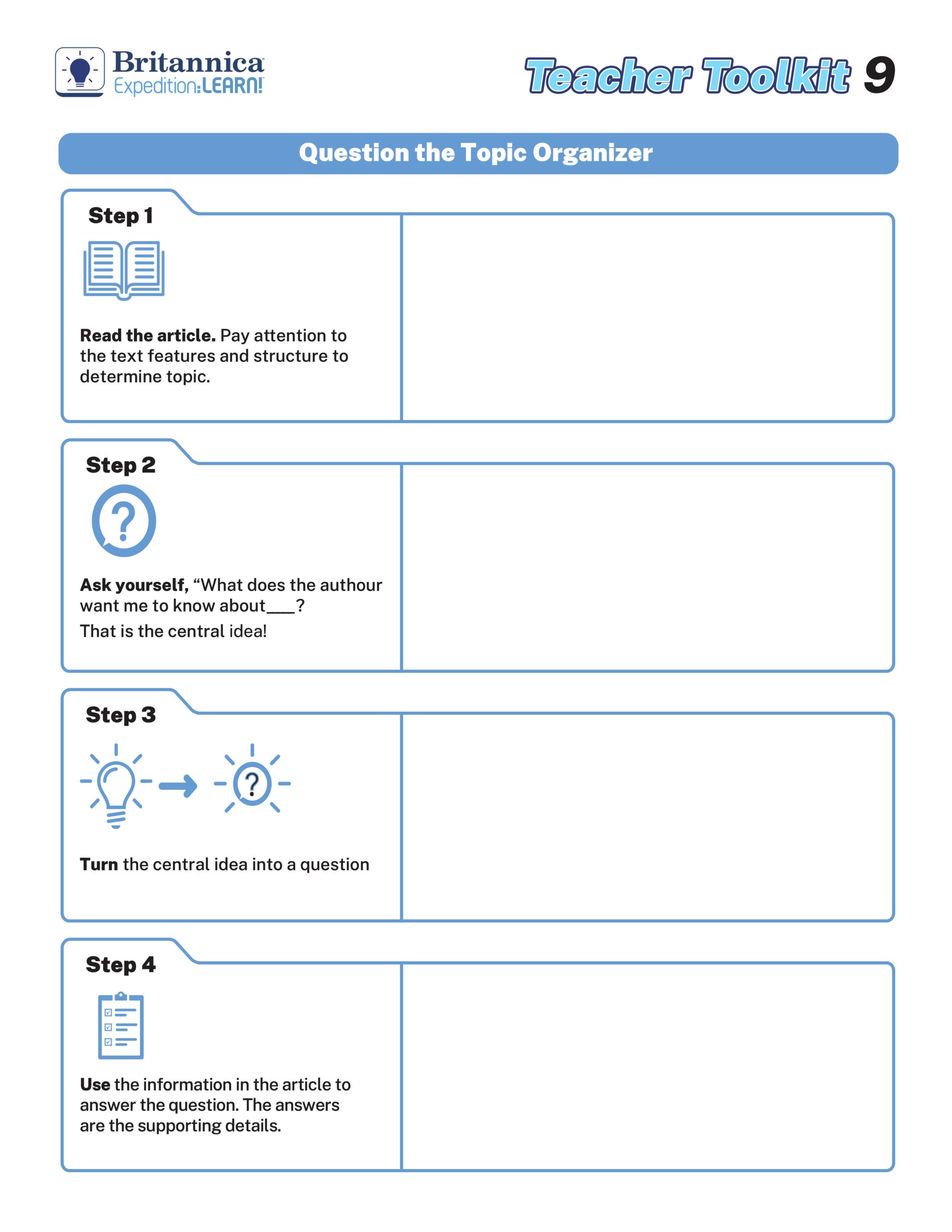The photograph shown below was provided by Britannica ImageQuest, a leading database for over 3 million rights-cleared images. Sign up for a free trial today and see how curriculum-relevant images can transform lessons.
The second part of our activity series, exploring women’s movements through primary source ImageQuest photographs, is for middle level students. It focuses on women in the workforce and feminism after enfranchisement.
With the economic depression of the 1930s, women’s right to work and earn money was challenged. Women workers, especially the growing number of married women workers, were often blamed when men couldn’t find work. In the 1930s many cities and states throughout the United States formally barred married women from public employment, including as teachers.
Despite this suspicion of the woman worker, the female labor force continued to grow. When World War II broke out, women took on jobs so that the men could leave to fight. The United States government even encouraged women to work, calling it their “patriotic duty” to be a part of war production.
In industries such as steel, aircraft, and automobile production, women performed jobs that they had never done before. However, it was understood that women held these jobs only “for the duration” of the war. When peace came and men returned from overseas, the women were expected to graciously return these jobs to the men who “deserved” them. Contrary to what many people think, the era of World War II was not the beginning of the woman worker. However, it certainly led to a new level of public awareness about how many women worked outside the home and the wide range of work they could and did do.
In the two decades after World War II ended, there were conflicting opinions about women’s roles. On the one hand, psychologists and educators, television shows and magazine pages, declared the return of women to home and family, proclaiming a new era of revived domesticity and femininity. But at the same time, the female labor force in the United States continued to grow, so much so that by 1950 the average woman worker was no longer a young girl marking time before marriage. Now she was a married woman, working before—and after—she raised her children.
The position of women workers still left much to be desired. Women who worked full-time jobs usually earned half what men did. Many women only worked part-time. Discrimination was a constant in the workforce. Nonetheless, women had come to stay in the labor force, and earning a living had become an important part of women’s lives and expectations.
Middle Level Activity:
Use the photograph of picketers and the letter to President Roosevelt to examine differing views about women’s changing role in the workforce during both the Great Depression and World War II.
Explore Primary Sources:
1. Congress of Industrial Workers picketers in 1941 in Greensboro, Ga.
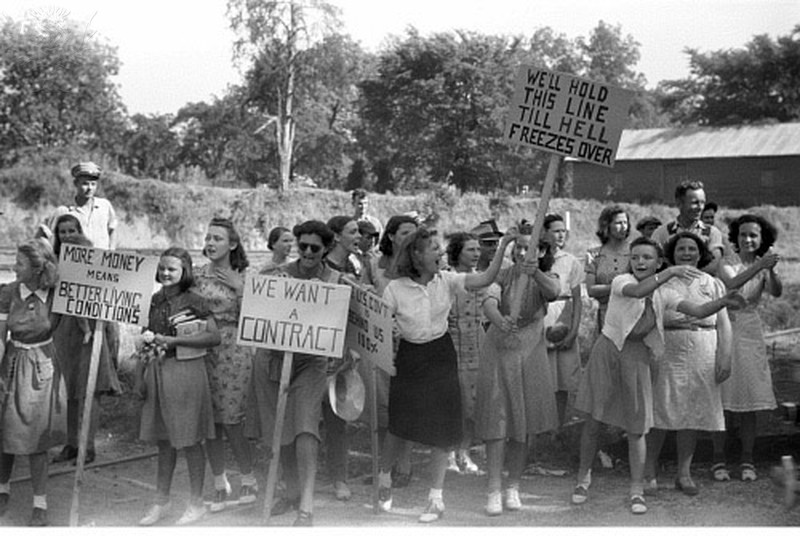
2. A letter on the employment of married women, December 1933
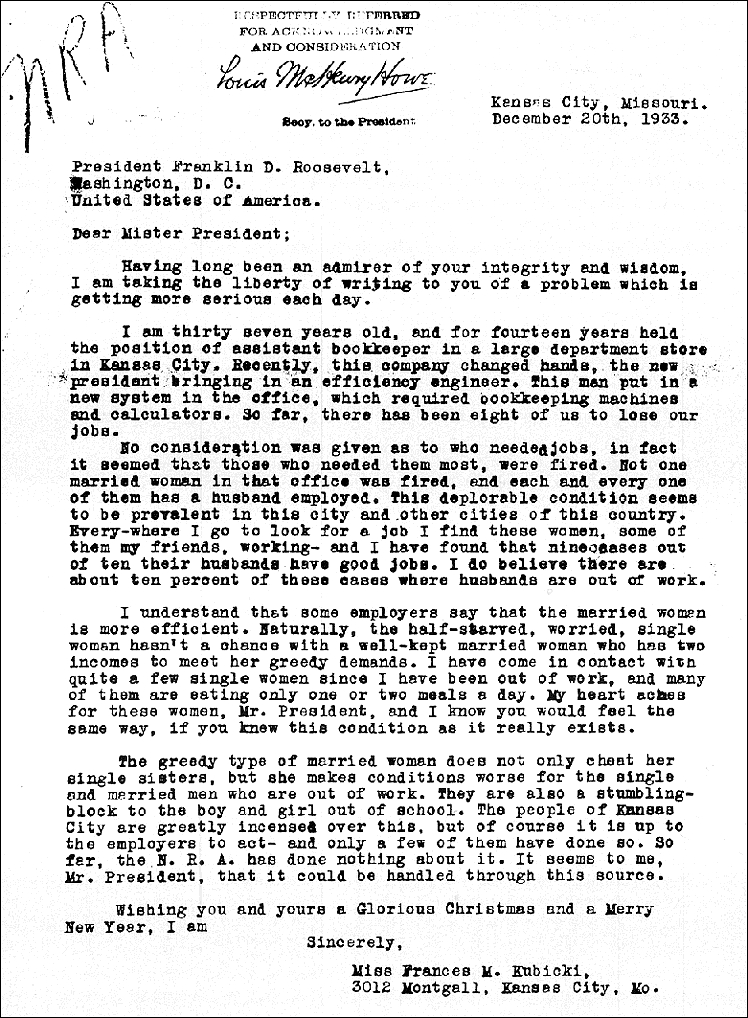
Suggested Questions:
• What do you notice first when you look at the photo?
• What do you want to know more about when you look at it?
• When was the photo taken?
• Why are the women protesting?
• When was the letter written?
• After reading the letter, why do you think that some women did not support other women in the workforce? Which women were judged more harshly for working?
• Do you think that people today would agree with the women picketing or with the woman who wrote the letter? Would different people have different opinions?
• Does the photo or letter change how you feel about a certain issue or cause of today?
Research Opportunities:
• What was going on in the United States during the 1930s and 1940s that affected how both men and women felt about women working?
• What role did The Great Depression have on perceptions about women working?
• How did World War II change perceptions about women working?
Citation Information:
C.I.O. PICKETERS, 1941. – Congress of Industrial Workers (CIO) picketers jeering at workers entering a mill in Greensboro, Greene County, Georgia. Photograph by Jack Delano, May 1941. Fine Art. Britannica ImageQuest, Encyclopædia Britannica, 25 May 2016.
“A Letter on Employment of Married Women.” Teaching With Documents, Volume 1, in Teaching With Documents: Using Primary Sources from the National Archives, edited by United States. National Archives and Records Administration and National Council for the Social Studies, Vol. 1, Washington, D.C., National Archives Trust Fund Board, 1989, pp. 130–133. Britannica Original Sources. 16 Mar. 2017.

